
Hello everyone! 🌟
Have you ever dreamed of stepping into a time machine—one that whisks you through centuries of history, culture, and art? That’s exactly how I felt during my visit to the new Museum Thai Phuket—มิวเซียมไทย ภูเก็ต 🇹🇭. Tucked away in the historical district of Kathu, this hidden gem isn’t just a museum—it’s a doorway into the heart of Thailand’s rich and diverse heritage. 🏺✨
From the moment I entered, I was taken on a journey through time. The exhibits guide you from the early days of the Srivijaya Empire 🐘 to the refined elegance of the Rattanakosin era 👑. The collection features everything from ancient artifacts and traditional costumes to intricate architectural models, each showcasing Thailand’s boundless creativity and craftsmanship. It’s truly a feast for the eyes and an enriching experience for anyone curious about our cultural roots.
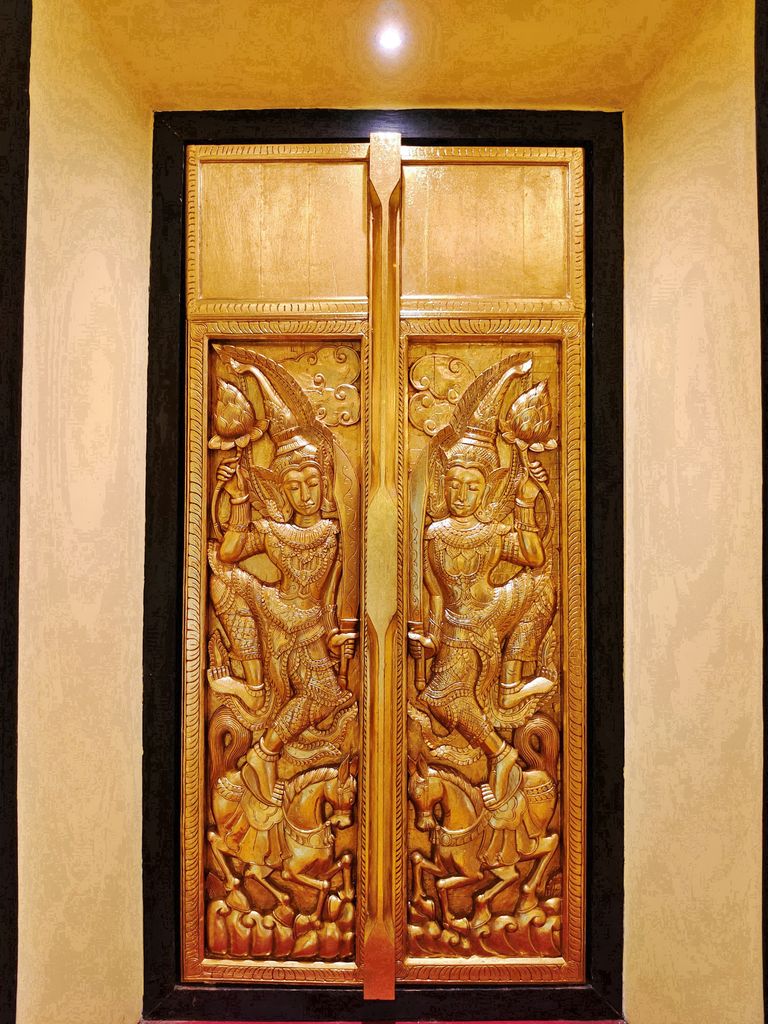
Located in the serene, historically significant town of Kathu, the museum offers a welcome escape from Phuket’s bustling beaches. Once the hub of Phuket’s thriving tin-mining industry, Kathu itself is steeped in stories of resilience and transformation. This makes it the perfect setting for a museum that celebrates the island’s unique history and culture.
Whether you’re Thai or visiting from abroad, the Museum Thai Phuket offers a captivating experience. It invites you to step into the lives of those who shaped our nation’s identity, marvel at the artistry of bygone eras, and discover the cultural threads that weave together Thailand’s story. It’s not just a museum—it’s a journey through time and tradition.

As I wandered through the exhibits at the Museum Thai Phuket, I couldn’t help but admire the meticulous attention to detail and the care taken to preserve the treasures on display. Each artifact seemed to whisper stories from a bygone era, and the guide's insights made these tales come alive. From the origins of certain traditions to the role these objects played in shaping Thai culture, every explanation was fascinating, leaving me eager to learn more.
What truly impressed me was the museum's innovative use of technology to enhance the experience. In one room, a captivating short video offered a concise yet engaging overview of Thailand's history, weaving together centuries of events in a way that was easy to follow. In another, a holographic display vividly re-created what life might have been like during different historical periods, complete with animated figures and sound effects. These modern touches added depth to the exhibits and made Thailand's past feel tangible and alive.
The mix of traditional artifacts and modern storytelling techniques was simply breathtaking. It’s one thing to read about history in a book, but seeing it brought to life in such an interactive and immersive way made the experience unforgettable.

Room by room, the museum unfolded like a carefully crafted storybook, each chapter revealing a new layer of history and culture. Our guide made the journey even more fascinating by pointing out secret doors and hidden corners that blended seamlessly into the surroundings. Without the guide’s keen eye, I would have walked right past these intriguing details, missing out on some of the museum’s most charming surprises.
It became clear that the museum’s curators had poured their hearts into designing an experience that was both memorable and educational. Every nook and cranny seemed to have a purpose, whether it was to showcase an artifact or to evoke a sense of wonder. The attention to detail was remarkable, and it made me appreciate not just the exhibits but also the creativity and effort behind their presentation.

As I stepped into the first room of the Thai Museum, I was immediately drawn to the diversity of exhibits that told the story of Phuket’s rich and multifaceted history. This room was a tribute to the significant role played by Chinese immigrants in shaping the island’s cultural, economic, and social fabric.
I discovered that the waves of Chinese immigration to Phuket were largely fueled by the thriving tin mining industry during the 19th and early 20th centuries. Driven by the promise of prosperity, Chinese laborers and merchants flocked to Phuket to work in the booming mining sector. Their hard work and entrepreneurial spirit quickly transformed the island into a bustling hub of economic activity.
Over time, many of these immigrants decided to make Phuket their home, bringing with them their customs, beliefs, and traditions. This cultural blending gave rise to a unique fusion of Chinese and Thai heritage, which can still be seen today in Phuket’s architecture, festivals, and culinary traditions.





One exhibit that truly captivated me was the collection of traditional Phuket costumes. Their intricate designs and vibrant colors showcased a beautiful fusion of Chinese and local Thai aesthetics, reflecting the creativity and cultural pride of those who wore them. These garments told stories of a time when fashion was as much a reflection of identity as it was an art form.
Another fascinating display highlighted traditional Phuket cuisine. The dishes on showcase were unlike anything I’d encountered before, featuring a distinctive blend of Chinese flavors and cooking techniques. I learned that many iconic Phuket dishes—like mee hokkien (stir-fried noodles) and oh tao (oyster omelet)—owe their origins to this rich culinary exchange, demonstrating how food is often a bridge between cultures.
As I continued through the room, I was drawn to exhibits that explored Phuket’s historical development. The vital role of the tin mining industry became even more apparent, as I delved deeper into how it had spurred the island’s economic growth for decades. Perhaps the most visually striking part of this narrative was the focus on Sino-Portuguese shophouses, whose unique architectural style blends Chinese and European elements. These iconic buildings are not just a hallmark of Phuket’s Old Town but a lasting testament to the multicultural influences that shaped the region.
This first room of the Thai Museum offered far more than just a history lesson—it provided an immersive journey into the past. It deepened my appreciation for the intricate threads of Phuket’s multicultural heritage and how they continue to define the island’s identity today. Visiting this room felt like peeling back the layers of Phuket’s charm, revealing a story of resilience, creativity, and connection.

The Kathu Shrine stands as one of Phuket’s most significant cultural and historical landmarks. Established by Chinese immigrants during the 19th century, it holds the unique honor of being the first Chinese shrine in Phuket, deeply rooted in the island’s tin-mining history.
According to legend, the shrine was built to honor the goddess Tin Hua, also known as Tin Ayutthaya, who was revered as the protector of miners and their families. During the booming tin-mining era, this goddess became a beacon of hope for Chinese immigrants who sought blessings for their safety, prosperity, and well-being. Over time, the Kathu Shrine grew into a spiritual and cultural heart for the Chinese community, preserving their traditions and beliefs in a foreign land.
Today, the Kathu Shrine is perhaps best known for its profound connection to the iconic Phuket Vegetarian Festival. This annual event, originating from this very shrine, is a vibrant celebration of spiritual cleansing and cultural devotion. With its elaborate processions, firewalking, and piercing rituals, the festival is not just a spectacle but a profound expression of faith and self-purification. Key ceremonies, such as the raising of the “Go Teng” pole, which invites the Nine Emperor Gods, begin right here, marking the festival’s official start.
Curious about this incredible event? I’ve shared my own experience during this festival in one of my previous posts. Feel free to explore it here: 🐉 Immersed in Phuket’s Vegetarian Festival: Rituals and History in Phuket’s Old Town 🏮.

Despite its age, the Kathu Shrine has been lovingly preserved, standing as a testament to Phuket’s rich multicultural heritage. As you step onto its serene grounds, you’re greeted by intricate Chinese architecture, vibrant traditional decorations, and religious symbols that offer a fascinating window into the customs of Phuket’s Chinese-Thai community.

Beyond its historical significance, the Kathu Shrine remains a vital part of the local community. It continues to draw worshippers seeking blessings and spiritual solace, as well as curious visitors eager to experience the harmonious blend of Chinese and Thai culture. Whether you come for its intricate architecture, its deep-rooted history, or its spiritual atmosphere, the shrine offers a tranquil and captivating experience that celebrates the essence of Phuket’s diverse cultural identity.
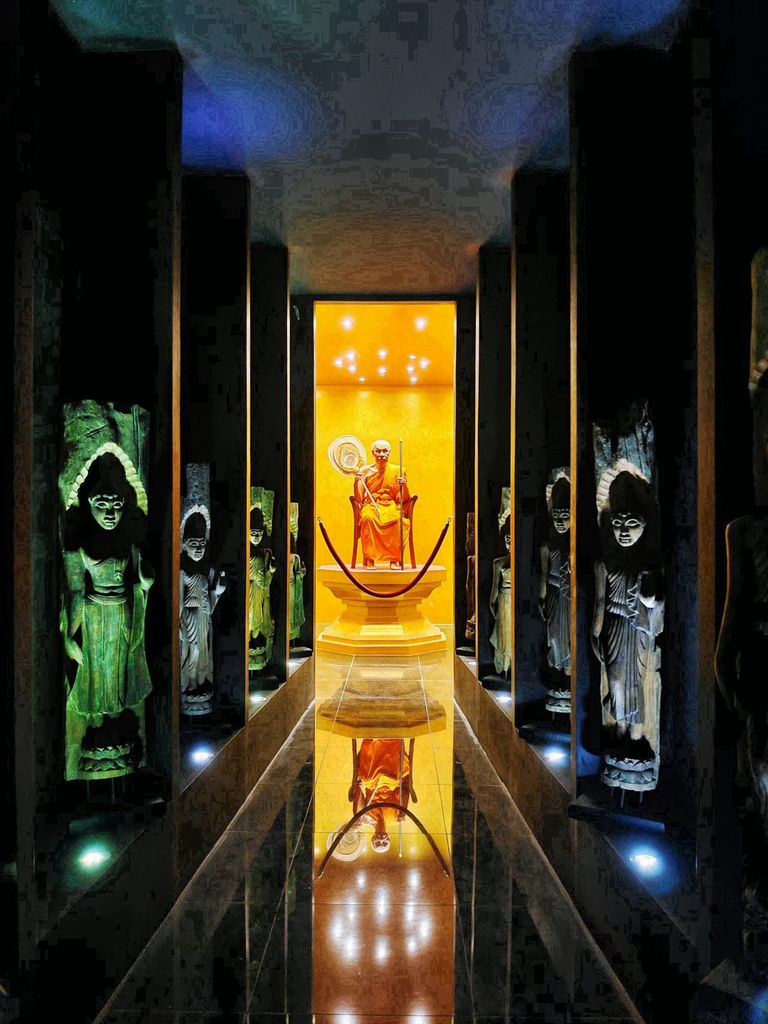
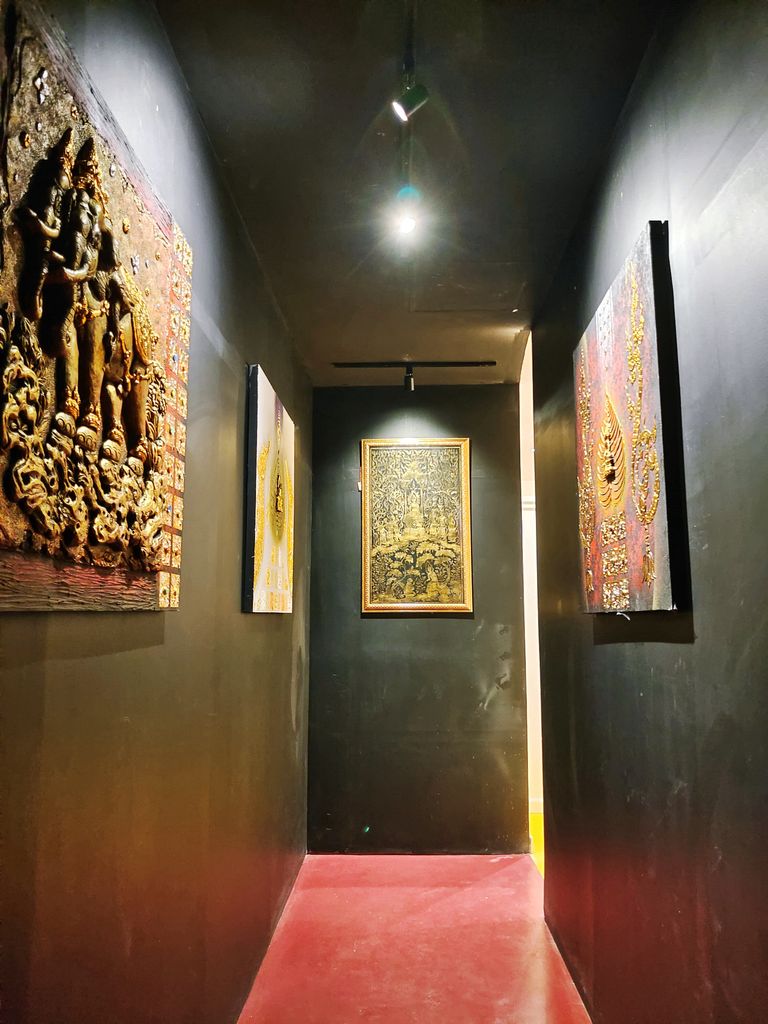
As I meandered through the Thai Museum, I was mesmerized by the exquisite artwork that adorned its walls. Each piece depicted scenes from Buddhist stories and teachings, offering a window into the spiritual essence that forms the heart of Thai culture.

The vibrant colors and intricate details were breathtaking, radiating a serene and meditative energy that seemed to envelop the room. I found myself lingering before each piece, captivated by its story and artistry. The calm and peaceful atmosphere they evoked made me wish I could bring one home as a keepsake.
Curious, I asked the guide if the artwork was for sale. To my surprise and delight, I learned that every piece on display was available for purchase. This meant visitors could not only admire Thailand’s rich cultural heritage but also take a piece of it home—truly a unique opportunity to preserve the memories of this beautiful experience.




One delightful surprise during my visit was discovering that the Thai Museum offers packaging and delivery services for those who wish to bring a piece of the museum home. Whether you’re in Thailand or halfway across the globe, the museum ensures that your purchase arrives safely and in pristine condition.
Intrigued, I asked the guide about the process. I was impressed to learn that it was both simple and seamless. The staff takes care of everything—from carefully wrapping the item to protecting it for shipping, ensuring it remains as flawless as it appeared in the exhibit. For international visitors, the museum even provides global shipping services, making it easy to own a piece of Thai culture no matter where you are.
This thoughtful service reflects the museum’s commitment to providing an exceptional experience for visitors. It’s reassuring to know that, whether you’re exploring the museum in person or purchasing an item from afar, their team goes above and beyond to handle everything with meticulous care. For me, this added layer of convenience truly enhanced my visit, leaving me with both a memorable experience and the excitement of taking a piece of history home.




Among the many captivating exhibits, the collection of Buddha images truly stood out. Each statue and figurine told a story of Thailand’s spiritual and artistic evolution, showcasing styles from various historical periods, including the Dvaravati, Ayutthaya, U-Thong, and Sukhothai eras. The diversity in these images offered a glimpse into the changing beliefs, cultural influences, and artistic techniques across centuries.
The Dvaravati Buddha images, with their serene and minimalist expressions, reflected the early days of Buddhism in Thailand, emphasizing simplicity and introspection. Moving to the U-Thong style, I noticed the distinct square-shaped faces and bold features, symbols of strength and stability. In contrast, the Sukhothai Buddhas were masterpieces of elegance, with fluid curves and graceful postures embodying spiritual enlightenment. The Ayutthaya-period Buddhas stood apart with their regal crowns and intricately detailed robes, representing the grandeur and power of the Ayutthaya Kingdom.
Beyond the Buddha statues, the museum also showcased ancient utensils and everyday artifacts. From beautifully crafted pottery to ceremonial objects and tools, these items painted a vivid picture of life in early Thai civilizations, giving visitors a tangible connection to the past.
I found myself in awe of the meticulous craftsmanship and the deep cultural significance of each piece. Together, these exhibits served as a profound reminder of Thailand’s rich spiritual and artistic heritage. Walking among these treasures, I felt a renewed sense of pride and gratitude for the enduring legacy of my country’s history.





Stepping into the room dedicated to the Lanna period, I was immediately drawn into the world of this northern Thai kingdom. Centered around Chiang Mai, the Lanna Kingdom thrived between the 13th and 18th centuries, leaving behind a legacy of artistic brilliance and cultural depth. What made Lanna art truly special was its unique blend of Buddhist, Burmese, and Lao influences, creating styles and traditions distinct from other regions of Thailand.
The exhibits in this room were a feast for the eyes. Intricate lacquerware glimmered in shades of black and gold, each piece delicately adorned with patterns that seemed to tell silent stories. Nearby, illuminated brass objects, once used in religious ceremonies, gleamed softly under the museum lights, evoking a sense of reverence and devotion. The elaborate wood carvings were particularly captivating, depicting scenes from daily life and Buddhist teachings, their craftsmanship so detailed that each piece seemed alive with meaning.
This room didn’t just showcase objects; it captured the spiritual heart of Lanna culture. Every artifact spoke of a kingdom deeply connected to its religious roots, where artistry was intertwined with spirituality. Walking through this room, I felt a profound appreciation for how art can preserve the soul of a civilization, allowing us to connect with a world that flourished centuries ago.

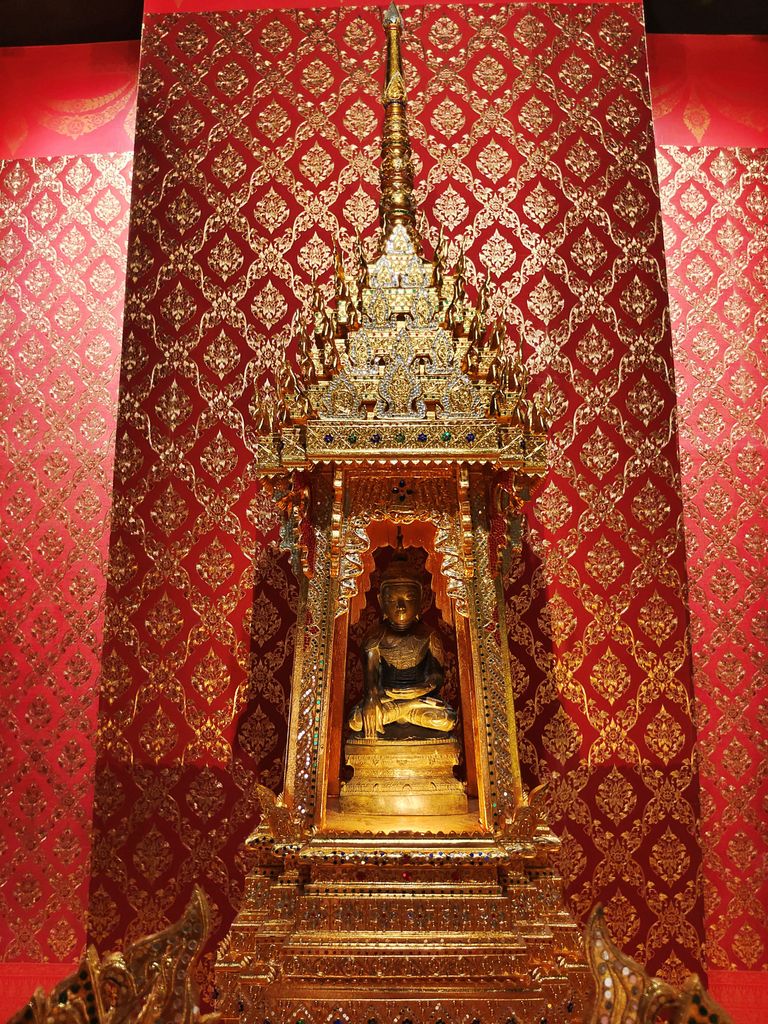










One of the most captivating features of the Lanna period room was the wood carvings, each one a masterpiece of skill and devotion. These carvings told vivid stories, some depicting scenes from the Jataka tales, which recount the Buddha’s past lives and the virtues he cultivated on his path to enlightenment. Others showcased elegant floral patterns, flowing like nature frozen in time, or portrayed mythical creatures such as nagas, the serpent protectors, and garudas, the majestic bird-like beings often associated with power and protection.
As I stood before each carving, I felt a profound sense of connection to the artisans who had created them. The intricate details and lifelike expressions seemed to breathe life into the wood, as if the pieces carried the very essence of the hands that shaped them. These weren’t just works of art—they were vessels of emotion and intention, carefully crafted to convey stories, beliefs, and reverence.
The Lanna art on display was a testament to the deep intertwining of creativity and spirituality that defined life in the northern kingdom. It beautifully captured the harmony between art and faith, where every piece held a sacred purpose. Leaving this room, I felt a renewed admiration for Thailand’s artistic and spiritual heritage and a deep gratitude for the opportunity to witness such exquisite craftsmanship firsthand.





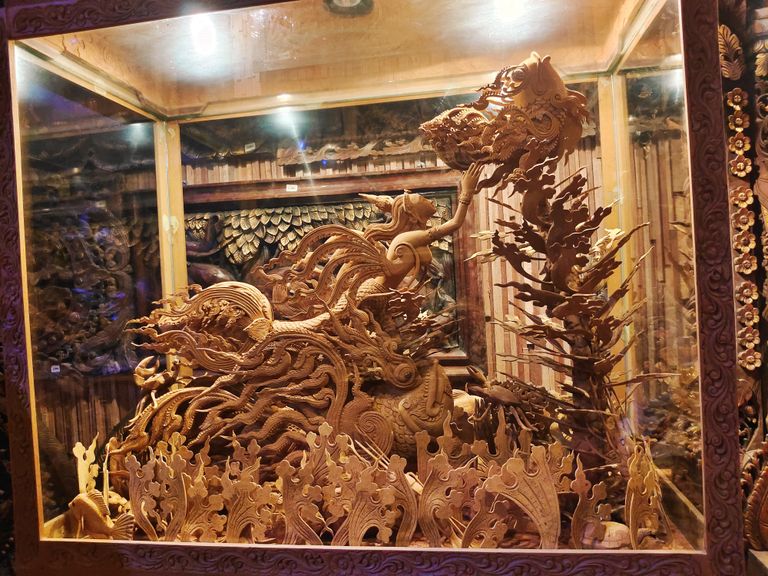



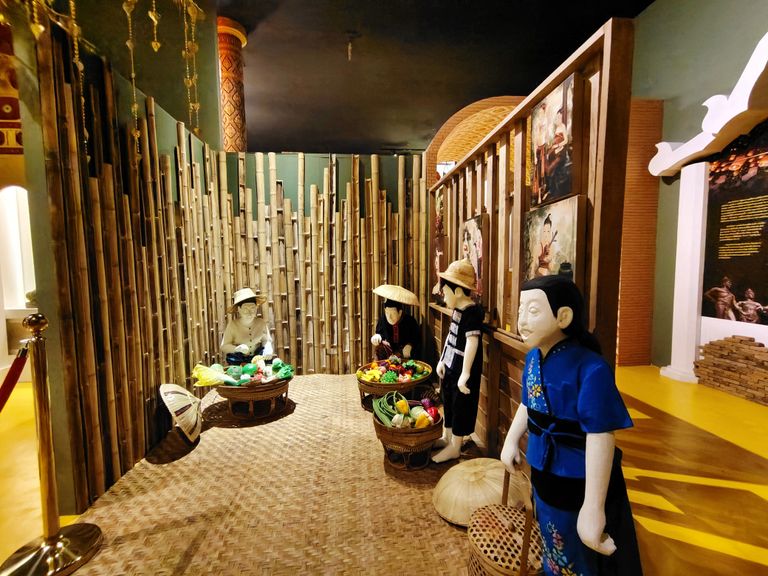

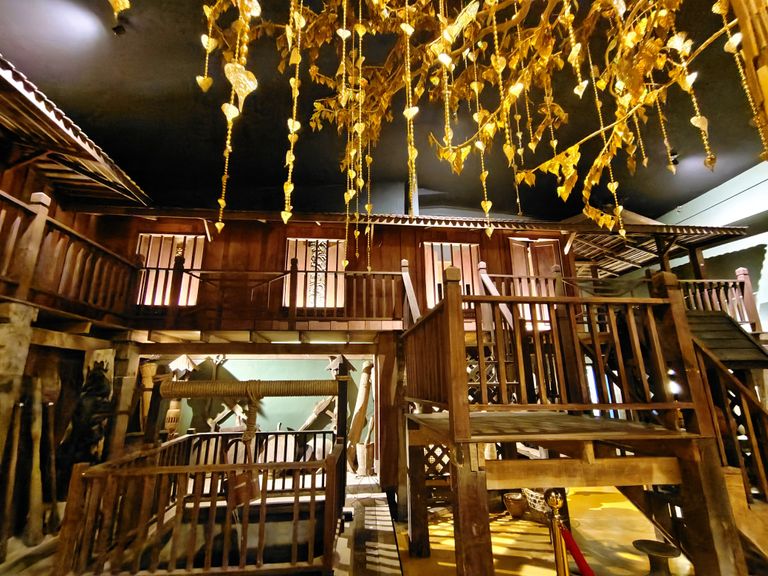





As I wandered through the Thai Museum, I couldn’t help but marvel at the variety and richness of the exhibits. Each room unfolded a new chapter of Thailand’s history, immersing me deeper into its culture and heritage. It felt like turning the pages of a beautifully illustrated book, one filled with tales of artistry, resilience, and evolution. Yet, as much as I had already seen, the guide cleverly hinted that there were still surprises in store—hidden gems waiting for future visitors to uncover.
Just when I thought the experience couldn’t get any better, the guide led me to the final room, dedicated to contemporary art. This space promised something entirely different from the traditional treasures I’d admired earlier—a bold and modern take on Thailand’s creative spirit.
Stepping into the room was like entering a burst of color and energy. The vibrant, modern artworks showcased Thailand’s evolving art scene, where traditional influences blended seamlessly with contemporary innovation. The pieces were bold and expressive, their unconventional styles a striking contrast to the historical artifacts I’d seen before. It was fascinating to see how Thai artists have embraced new forms and ideas while still honoring their cultural roots. This room was not just a gallery but a celebration of Thailand’s artistic journey, bridging the past and present in the most inspiring way.

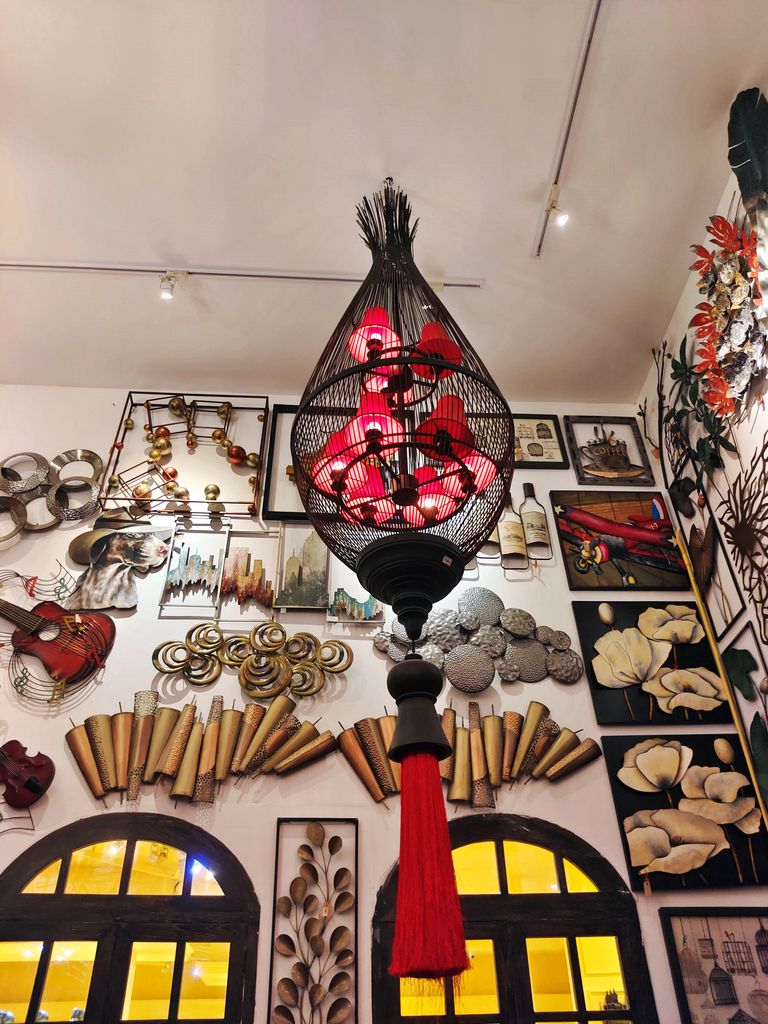

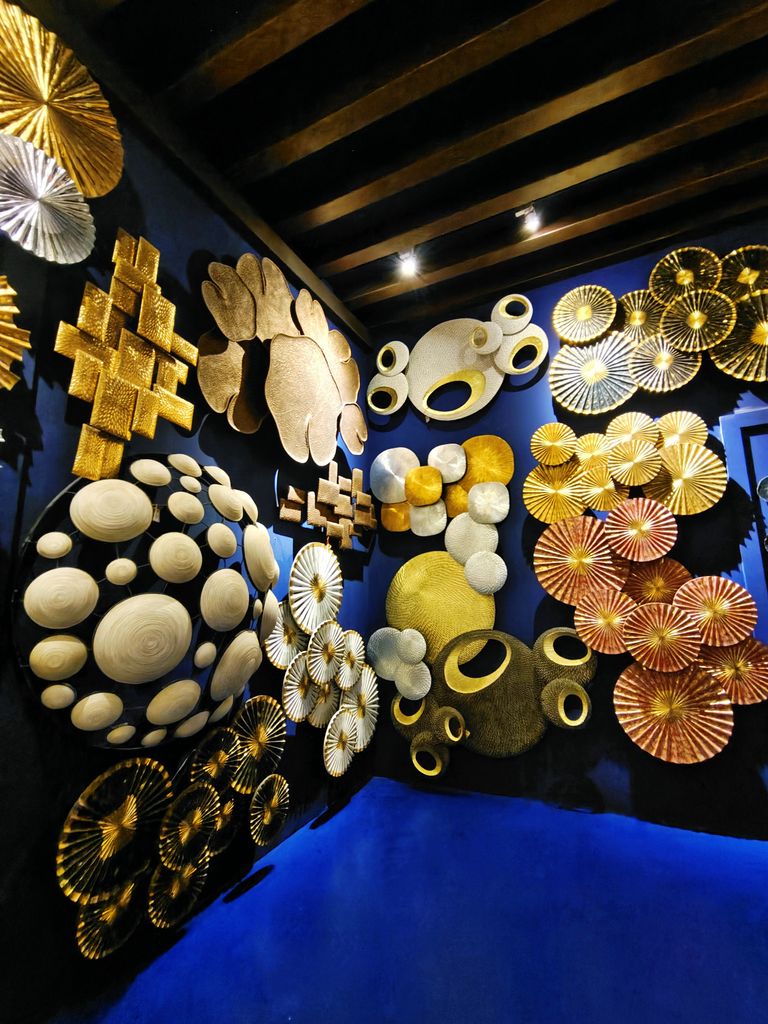


Overall, my visit to the Thai Museum was an experience I’ll treasure for a long time. 🌟 I left feeling not only deeply inspired by the intricate beauty of the traditional exhibits but also energized by the bold creativity of the contemporary art. The museum perfectly weaves the stories of Thailand’s past with its vibrant present, offering a window into the soul of this fascinating country.
I know I’ll return, eager to uncover new exhibits and explore more of the cultural wonders that make Thailand so special. If you ever find yourself in Phuket, don’t miss this extraordinary museum. Whether you’re drawn to the ancient artifacts, the artistic masterpieces, or simply the serene atmosphere, you’ll leave with a newfound appreciation for Thailand’s cultural heritage.
Thank you so much for joining me on this journey through time! I hope you enjoyed our exploration of Museum Thai Phuket. It’s a place that invites you to reflect on where we’ve come from and celebrate where we’re headed.
Let’s Stay Connected! ✨
If you enjoyed this post, please:
- ReBlurt this post if you think your friends would enjoy it too! 💖😊
- Follow me to stay updated on my next adventures 🚶♀️🌏
- *Comment below to share your thoughts or tell me about your own experiences—I’d love to hear from you! * 💬✨
Your engagement inspires me to keep sharing these wonderful stories and hidden gems. Let’s connect, inspire, and explore together! 💖
🌟 Discover More of Thailand With Me! 🌟
If this is your first time reading one of my posts, welcome to my little corner of Thai adventures! Together, we’ll explore the hidden gems, stunning beaches, vibrant temples, local cuisine, and even the occasional cat cameo 🐾. So, let’s make every day an adventure—hit follow, and let’s discover Thailand’s beauty and charm together! 🌺
หากคุณสะดุดกับโพสต์ของฉันเป็นครั้งแรก ฉันอยากจะเชิญชวนให้คุณมาร่วมผจญภัยที่น่าตื่นเต้นในไทยของฉัน! 🌴 มาเริ่มต้นสำรวจความงดงามและเสน่ห์ของประเทศไทยไปด้วยกัน! 🌟
| 📷 Photo Credit | Smartphone |
|---|---|
| Model | Vivo X60 5G |
| Type | Android |
| Photographer | @baiboua |
| Location | Museum Thai Phuket—มิวเซียมไทย ภูเก็ต, Thailand 🇹🇭 |
🌸 Thank you for your support 🌸
💖 ขอบคุณสำหรับการโหวต 💖
💕 เลิฟนะยู้ววววววว 💕

So much history of your country in those old art pieces. Makes you wonder about the people who made them.
Absolutely! 😊 It’s fascinating to think about the craftsmanship and dedication of the people who created these pieces. They tell such a rich story about Thailand's history and culture, and it’s inspiring to see how their legacy still resonates today. Thank you for your thoughtful comment! 🌼
The wall decorations are very beautiful.❤️❤️
Thank you! 😊 The intricate details and vibrant colors really make them stand out, don’t they? I’m glad you enjoyed them as much as I did. 🌼
Wow! All of the art is absolutely fascinating! It's everywhere. Even the dragons on the pillars, everything looks so intricate and very un-rushed. Thanks for sharing these great photos, sure that would be a memory that lasts.
Thank you so much! 😊 I completely agree—the attention to detail is incredible, and every piece feels like it was crafted with so much care and intention. It truly leaves a lasting impression, and I’m glad the photos could capture some of that magic to share with you! 🌼
Thanks for this beautiful introduction to such an amazing museum! Delighted to find so many common elements between Thai Buddhist mythology and Indian Hindu mythology! 🙂👌👍
Thank you! 😊 The common elements between Thai Buddhist and Indian Hindu mythology stem from centuries of cultural exchange and shared roots in the ancient Indian subcontinent. Hinduism influenced Buddhism as it spread to Southeast Asia, blending with local traditions and shaping art, architecture, and stories in Thailand. 🌼
Very true indeed! Such cultural exchanges enrich humanity as a whole! 🙂